The Sumatran tiger (Panthera tigris sumatrae)
Sumatran tiger is a powerful predator, but in confrontation to man has little chance of survival. In their areas, Sumatran tigers appears less frequently, perhaps it will soon be possible to admire only in zoos… Today, we are moving to the far Indonesia, to get to know the king of Sumatra – Sumatran tiger. It is the smallest of the tiger subspecies alive today. The smallest, but no less dangerous than its cousins – Siberian tiger and Bengal tiger.
Classification
- Kingdom: Animalia
- Phylum: Chordata
- Class: Mammalia
- Order: Carnivora
- Family: Felidae
- Genus: Panthera
- Species: Panthera tigris
- Subspecies: Panthera tigris sumatrae / Panthera tigris sondaica

Distribution
Sumatran tigers live in small, isolated populations in Sumatra (Sumatra is an island in western Indonesia and part of the Sunda Islands). It is the largest island that is entirely in Indonesia; (two larger islands, Borneo and New Guinea, are shared between Indonesia and other countries).
Sumatran tiger takes many types of habitats from 0 meters above sea level, which is a coastal lowland forests of Bukit Barisan National Park Selatan on the south-eastern edge of the province of Lampung, to 3200 m (10,500 ft) above sea level in mountain forest formations in mountain forests of Gunung Leuser National Park in Aceh Province. It prefers forest and use plantations of acacia and oil palm far less than their availability.
Tigers we repeatedly photographed at an altitude of 2600 m (8,500 ft) above sea level in the northern region of Sumatra.
Currently, there are 27 habitats with an area of over 250 km2 (97 sq mi) each.
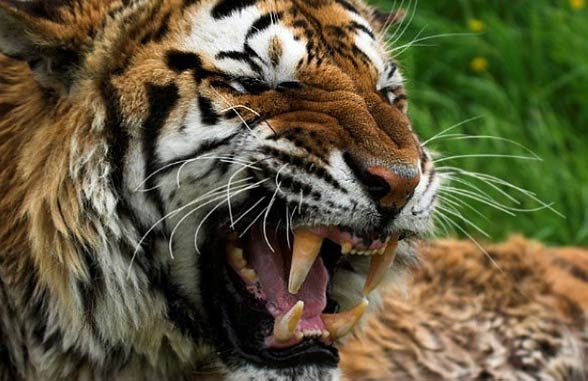
Population
In 1978, the Sumatran tiger population was estimated at 1000 individuals, seven years later, in 26 areas of conservation in Sumatra counted approx. 800 individuals.
In 1992, it was estimated that 400–500 Sumatran tigers lived in five national parks and 2 protected areas. The largest population was in the Gunung Leuser National Park – 110 to 180 tigers. More recent study shows that the Kerinci Seblat National Park in central Sumatra has the highest population of tigers on Sumatra – 165 to 190 tigers. In fact, there are more tigers in the Kerinci Seblat National Park than in all of Nepal, and more than in China, Laos, Cambodia and Vietnam combined.
Sumatran tiger population is currently estimated at 400-500 individuals …
In zoos around the world there are about 210 Sumatran tigers, of which 65 in Indonesia.

Characteristics
Sumatra tiger is smaller than its cousins. Pelage and striping are distinct from the Bengal and Javan tigers. It is darker in fur colour and has thicker stripes than the Javan tiger. Stripes tend to disintegrate into spots near their ends, and lines of small dark specks between regular stripes may be found on the back, flanks and hind legs. The frequency of stripes is higher than in other subspecies.
Males have a prominent ruff, which is especially marked in the Sumatran tiger.
The Sumatran tiger is the smallest tiger subspecies. Males weigh 100 to 140 kg (220 to 310 lb) and measure 2.2 to 2.55 m (87 to 100 in) in length. Females weigh 75 to 110 kg (165 to 243 lb) and measure 215 to 230 cm (85 to 91 in) in length.
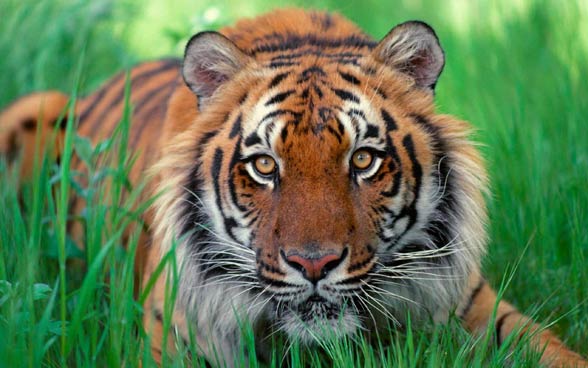
Claws
Sumatran tiger like all its cousins has five toes on the front paws and four toes on the hind legs, equipped with sharp claws (length 8 – 10 cm) and, like domestic cats it can hide them.
Eyes
Pupils are black and round, the iris becomes golden yellow hue (except for blue eyes in white specimens). An eye work at night as night vision, which sees the slightest movement.
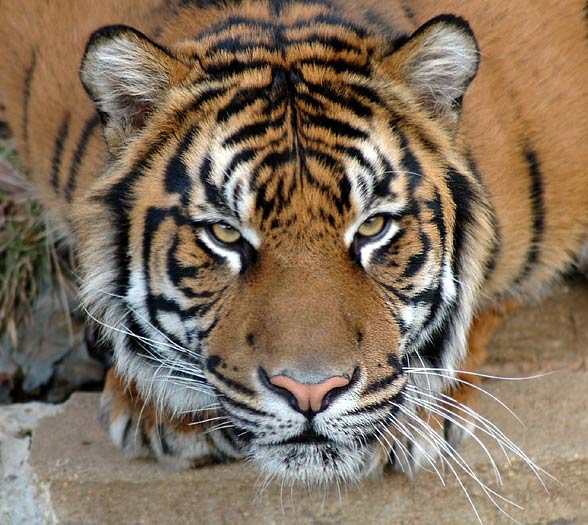
Tail
Tail length of 90 – 120 cm is about half as long as the body; tiger uses it as a stabilizer during sudden turns, the tail also has an important role in communication with other tigers.
Teeth
In the mouth grows 30 large teeth measuring from 7.4 to 9 cm.

Diet and hunting
Sumatran Tiger Sumatran is a forest king, dominant predator tracking their prey, which attacking by surprise. It feeds mainly on large hoofed mammals: deer, wild boar, cattle and goats.
Due to the strength and size, Sumatran tiger has no natural enemies except man who became his enemy literally, “no biological” sense of the word.
Tigers in captivity have a completely different diet, they accept horse meat.

Reproduction
Pregnancy lasts 3 – 4 months. 2-3 young are born (most 5). The newborn tigers weigh approx. 1 kg (2 lb), they are blind and helpless. Usually one – the weakest – dies shortly after birth.
Mother is feeding kittens milk for the first 6-8 weeks, then learn them to eat solid food. Young tigers are dependent on mother for approx. 18 months. After, they start self hunting.

Sumatran tiger and man
The conflict between tigers and humans occurring in Sumatra is stronger than between tigers exist in other parts of the world.
Reducing land available for tigers is associated with the destruction of their habitats. This causes a reduction in the number of potential victims of tigers. For this reason, the Sumatran tiger appears in populated areas.
As a result, there is a tiger attacks on people. This involves either injured person, or fatalities. This is often the reason for retaliation indigenous peoples, resulting tigers are killed.
The Sumatran tiger in a film frame
The following short video showing the beautiful Sumatran tiger (Panthera tigris sumatrae)
Detailed data / dimensions (size)
Sumatran tiger (Panthera tigris sumatrae)
- Length:
- males: 220 – 255 cm (86.6 – 100 in)
- females: 215 – 230 cm (84.6 – 90.5 in)
- Height at shoulders: 60-75 cm (23.6 – 29.5 in)
- Weight:
- males: 100 – 140 kg (220 – 308 lb)
- females: 75 – 110 kg (165 – 243 lb)
- Lifespan:
- 10 – 15 years
- 16-20 years in captive (record 26 years)
Females have the same size like males but they are lighter.
Sumatran tigers size is determined by the density of the forests in which they live and the size of their victims. If there were larger, as Siberian tigers, they would have a problem with hunting in dense forests. In Sumatra, there is also no such big victims as bears hunted by Siberian tiger.
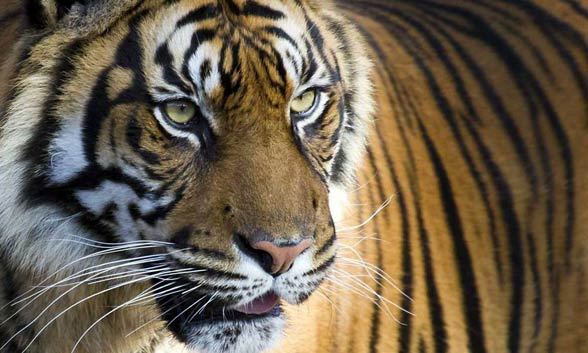
Sumatran tiger – trivia
- Sumatran tiger is one of the smallest tigers
- Sumatran tiger has webbed feet, which allow for efficient overcoming rivers and lakes.
- Sumatran tiger has approx. 1700 – 2000 of hair per cm2, while the Siberian tiger in winter has 3000 – 3300.
- Sumatran tiger is critically endangered due to poaching and deforestation Sumatra. Despite many efforts to protect the subspecies his numbers continued to decline.
- In May 2014, in the Zoo in the UK Sumatran tiger killed a 24-year-old worker.


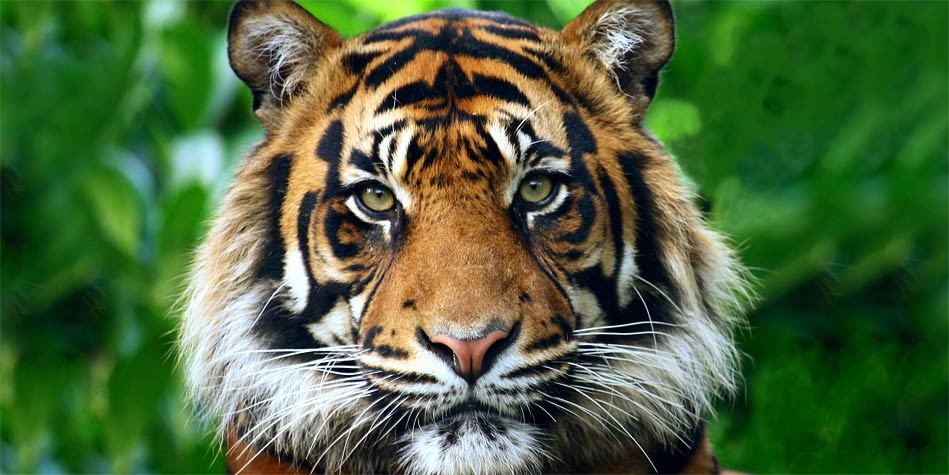










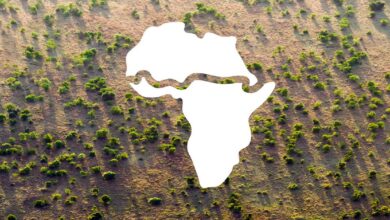
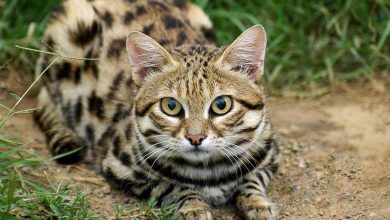





Tigers are amazing.
Tigers should be protected